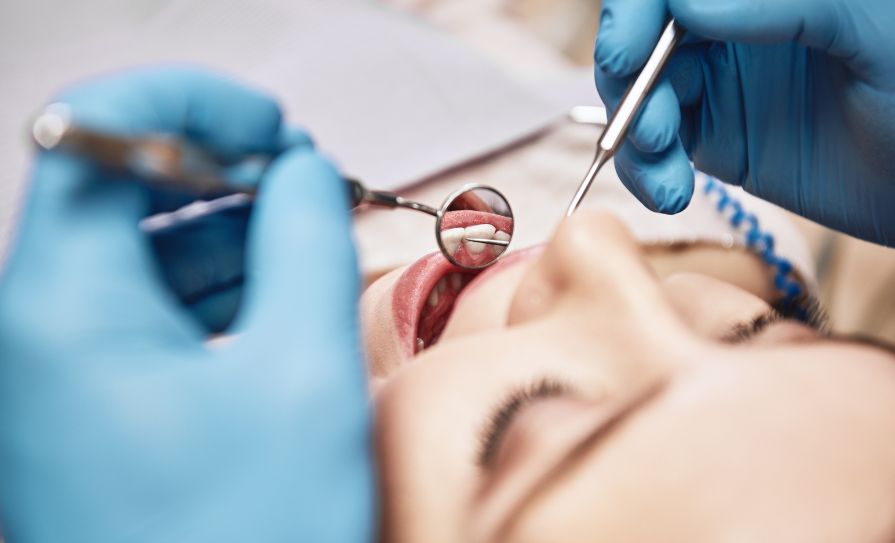The ‘did not attend’ (DNA) rates in Child and Adolescent Mental Health Services (CAMHS) are rising following a decrease during the pandemic.
In 2019 there were 1,035 DNAs or 8.5 per cent of initial appointments, compared with 705 or 5.3 per cent in 2021.
However, in the first six months of this year, the service had 382 DNAs to initial appointments or 6.6 per cent. The figures for 2022 were in draft form and may be subject to change, according to a HSE response under Freedom of Information law.
A HSE spokesperson told the Medical Independent (MI): “Seasonal factors can impact DNA rates to CAMHS and it would be anticipated that the year-end position would be around 10 per cent or less.”
They added: “The 2020 and 2021 DNA rates are impacted by Covid lockdowns and the use of online technologies across these periods where face-to-face appointments were not possible.”
In 2021, there were 81,520 remote appointments, which was approximately one-third of all appointments. By July 2022, there had been 21,699 remote appointments, which was 16 per cent of all appointments.
According to Dublin GP Dr Edel McGinnity, there “may not be a unifying explanation for why DNAs are going up”, but possible explanations may be that the crisis for the child or adolescent has passed or help was sought elsewhere during the wait time for an initial appointment.
She told MI: “It would worry me from [a] child welfare perspective. It does not remotely imply to me that the child is now better and doesn’t need the appointment.”
The CAMHS operational guidelines state that when a child or adolescent does not attend an initial appointment, the GP or referral agent should be contacted with a new appointment date or a re-referral recommendation, if appropriate. If previous information suggests the child or adolescent may be unwell or at-risk, “the GP/referral agent should be contacted so that they can initiate any further intervention that may be required.”
Dr McGinnity said that “no child should be discharged without a GP first being informed” and provided with the opportunity to intervene prior to formal discharge.
Separately, HSE figures released in May showed that 10 per cent of children and adolescents on CAMHS waiting lists were waiting longer than 12 months for an appointment.













Leave a Reply
You must be logged in to post a comment.